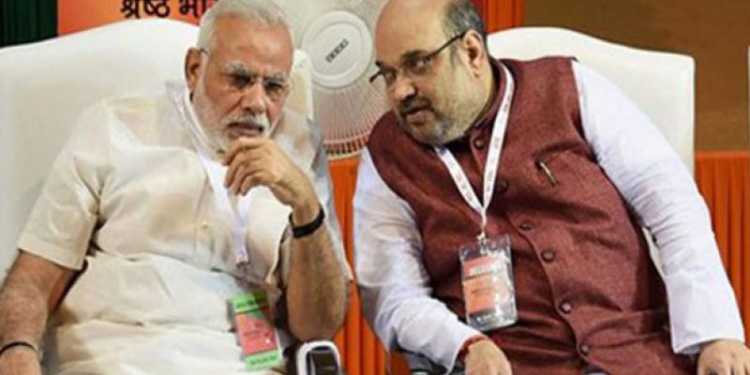The Bypoll results are probably the clearest indication that at this stage, the BJP will face an uphill task in defeating a united opposition which has turned into a big un-tameable monster for them. Things are not going well for the BJP especially in Uttar Pradesh where they have suffered back to back defeats in by poll elections. BJP has lost Kairana seat to RLD candidate Tabassum Hassan which raises the red flag for the saffron party. In 2014, late BJP MP Hukum Singh secured more than 50 per cent of the vote share which was more than the combined number votes of the Samajwadi Party, Bahujan Samaj Party and Rashtriya Lok Dal candidates got, contesting separately. In 2017, during the UP assembly elections also the BJP maintained its hegemony. United opposition has successfully managed to put some cracks on the walls of BJP’s fort. Apart from opposition unity other factors like farmers’ anger over non-payment of sugarcane dues played a greater role in diverting the votes in favor of the candidate of united opposition.
Resentment against BJP also reached to neighboring Noorpur assembly. In Noorpur, Samajwadi candidate Naim Ul Hasan defeated BJP candidate. He was supported by the Congress, the Bahujan Samaj Party (BSP) and Rashtriya Lok Dal (RLD). Results show that Hindu consolidation of votes didn’t happen. Earlier also BJP had lost Phulpur and Gorakhpur Lok Sabha seats to SP-BSP coalition. All this shows that the BJP cannot afford to take united opposition in 2019 General elections lightly. All the reversals are because of opposition unity. Opposition Unity is going to pose a major challenge to the BJP in the 2019 elections. Road to Lok Sabha goes through UP and Bihar. These two states have 120 Lok Sabha seats. In 2014, the BJP won 104 seats out of 120. In Bihar also things are not going well for the BJP and its coalition partner JD (U). In the by polls, BJP lost Araria seat to Lalu’s RJD while Nitish’s JD (U) lost to RJD in Jehanabad. Now in Jokihat assembly Bypoll RJD has won again by defeating the JD (U).
However, the BJP managed to win the seats where the opposition was divided. The BJP won Maharashtra’s Palghar (ST) Lok Sabha seat mainly because anti-BJP vote got split after Shiv-Sena fielded its own candidate. Rajendra Gavit (BJP), secured 2,72,780 votes while Shiv Sena’s Shrinivas Wanaga got 2,43,206 votes. BJP lost Bhandara-Gondia seat to NCP. Here, both the Congress and NCP fought together and got the desired result.
The BJP has come a long way, becoming the largest party, expanding in places it never existed and winning state after state. Its vote share has also increased, and there is no doubt about the fact that the party is much stronger today than it was in 2014. Its aggressive foray and ground level work have done wonders. But Indian elections are all about the arithmetic, and it is quite clear that the BJP has still not reached a level where it can take on the entire opposition alone. It is certainly moving in that direction, but it is not a bet it can afford in 2019. BJP now just has one work before 2019. Whether it expands further, whether it reaches out and makes new allies doesn’t matter. The road to 2019 lies in breaking the united opposition and also keeping its alliance partner united. At this stage, the BJP cannot defeat a united opposition. This is the lesson BJP needs to learn from the results of the Bypoll.


































